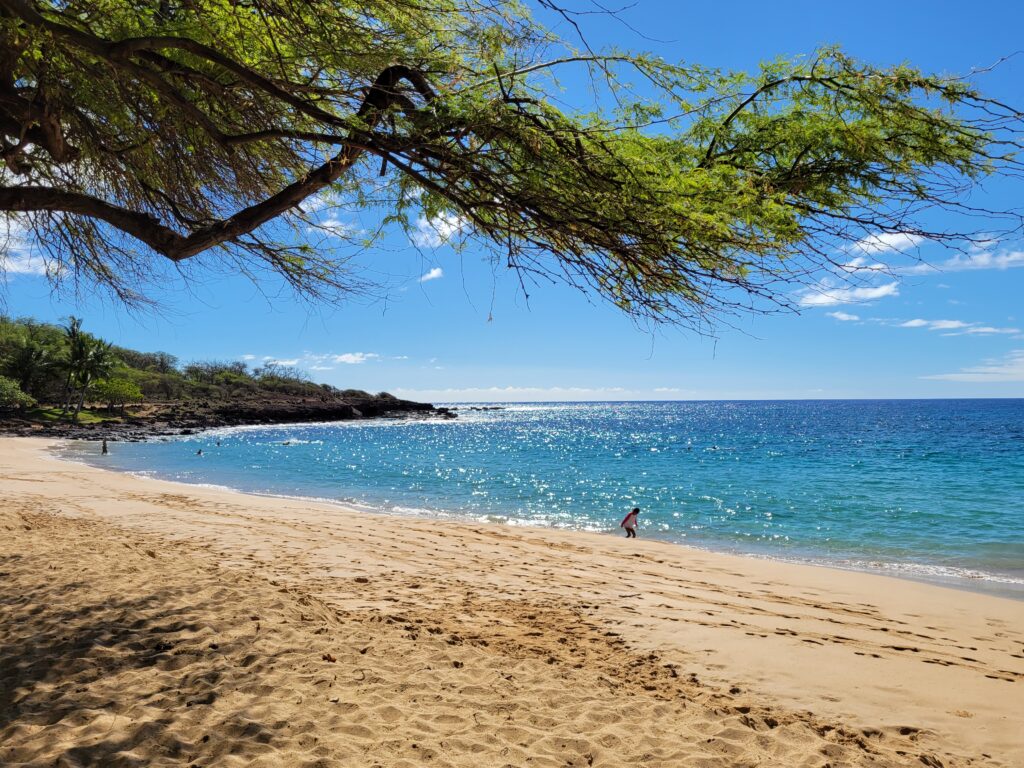
Land surveying in Hawaii presents unique challenges and opportunities due to its diverse geography, cultural heritage, and specific regulatory environment. Here are some key considerations and best practices for effective land surveying in the Hawaiian Islands..
- Understand the Diverse Terrain
Volcanic Landscapes:
The Big Island’s volcanic terrain features irregular boundaries and rugged landscapes, requiring precise surveying techniques for accurate property delineation.
Coastal Areas:
With many properties located along the shoreline, surveyors must account for coastal erosion and dynamic shorelines, which can alter property boundaries over time.
- Adhere to Local Regulations
Licensing Requirements:
Ensure compliance with Hawaii’s licensing regulations for land surveyors, as outlined by the Board of Professional Engineers, Architects, Surveyors & Landscape Architects.
Zoning Laws:
Be aware of local zoning regulations, especially concerning shoreline setbacks and environmental protections, to ensure surveys align with legal standards.
- Employ Appropriate Technology
Advanced Equipment:
Utilize state-of-the-art surveying instruments, such as total stations and GPS systems, to achieve high accuracy in diverse terrains.
Drone Technology:
Incorporate unmanned aerial vehicles (UAVs) for efficient data collection, particularly in challenging or inaccessible areas.
- Respect Cultural and Environmental Considerations
Historical Sites:
Exercise sensitivity when surveying near historical or sacred sites, ensuring that activities do not disturb these areas.
Environmental Impact:
Assess and mitigate any potential environmental impacts of surveying activities, adhering to local conservation regulations.
- Continuous Professional Development
Stay Informed:
Participate in local professional organizations, such as the Hawaii Land Surveyors Association, to remain updated on industry developments and regulatory changes
Training and Education:
Engage in ongoing training programs to maintain and enhance surveying skills, ensuring the adoption of best practices and new technologies. By integrating these strategies, land surveyors can effectively navigate the complexities of Hawaii’s unique landscape, ensuring accurate and reliable survey results.